‘Event Horizon Telescope’ Confirms Black hole Shadow is ‘Real’.

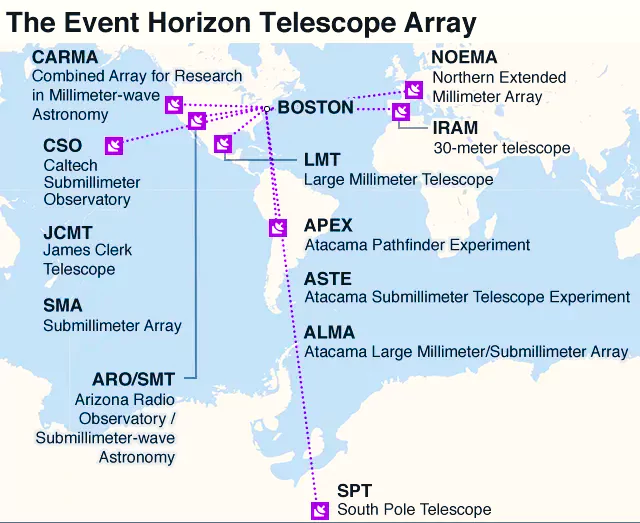
|
|---|
News Source : The Hindu
| Must Read | |
| NCERT Notes For UPSC | UPSC Daily Current Affairs |
| UPSC Blogs | UPSC Daily Editorials |
| Daily Current Affairs Quiz | Daily Main Answer Writing |
| UPSC Mains Previous Year Papers | UPSC Test Series 2024 |
The Union Minister of Rural Development and Panchayati Raj to inaugurate a pilot project titled ‘Smart Gram Panchayat: Revolution towards Digitization of Gram Panchayat’
Rashtriya Gram Swaraj Abhiyan (RGSA)
|
|---|
News Source: PIB
| Must Read | |
| NCERT Notes For UPSC | UPSC Daily Current Affairs |
| UPSC Blogs | UPSC Daily Editorials |
| Daily Current Affairs Quiz | Daily Main Answer Writing |
| UPSC Mains Previous Year Papers | UPSC Test Series 2024 |
Recently, Project 39A, a Criminal Reforms Advocacy group with the National Law University, Delhi released a report on the Death Penalty in India.
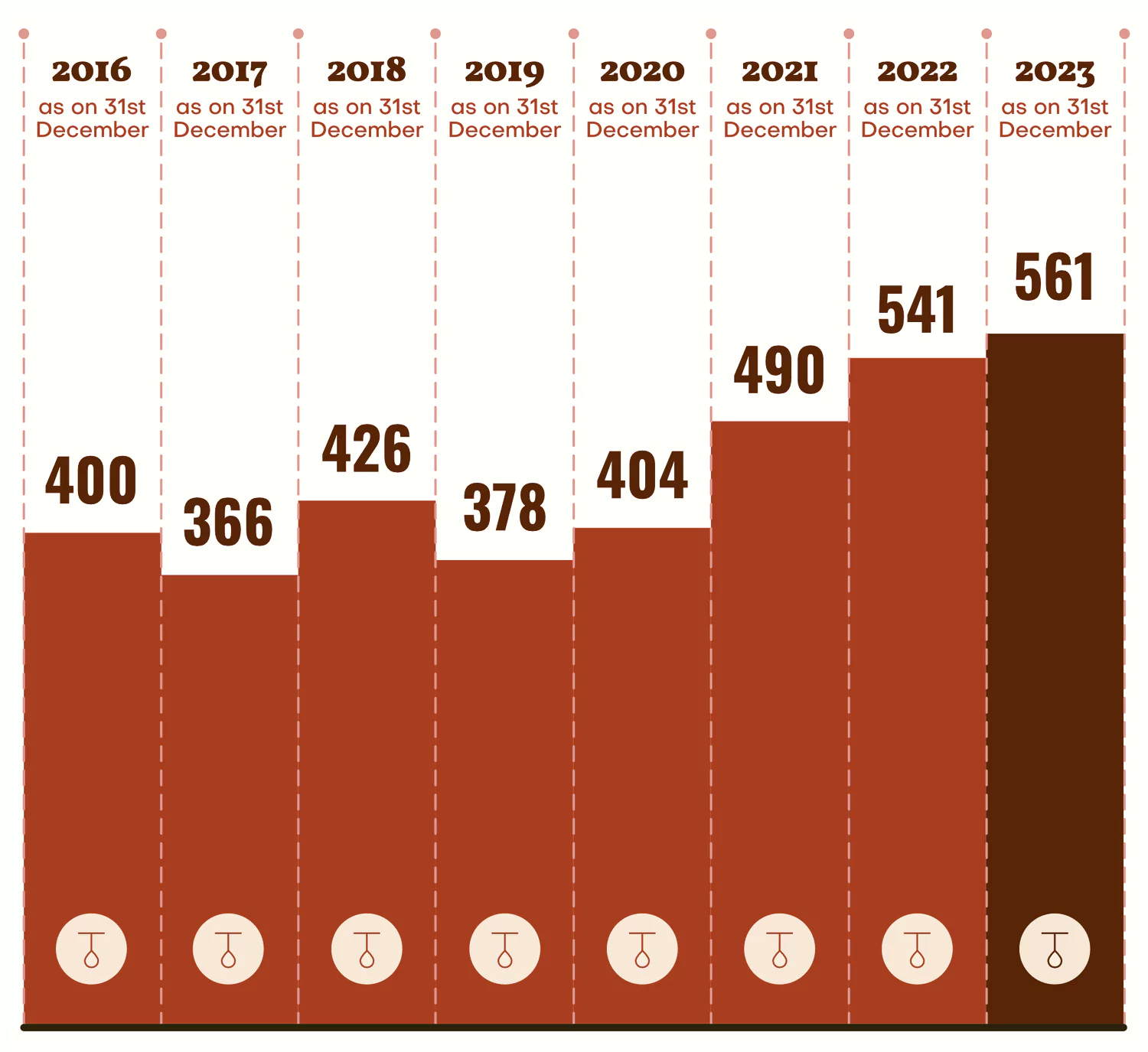
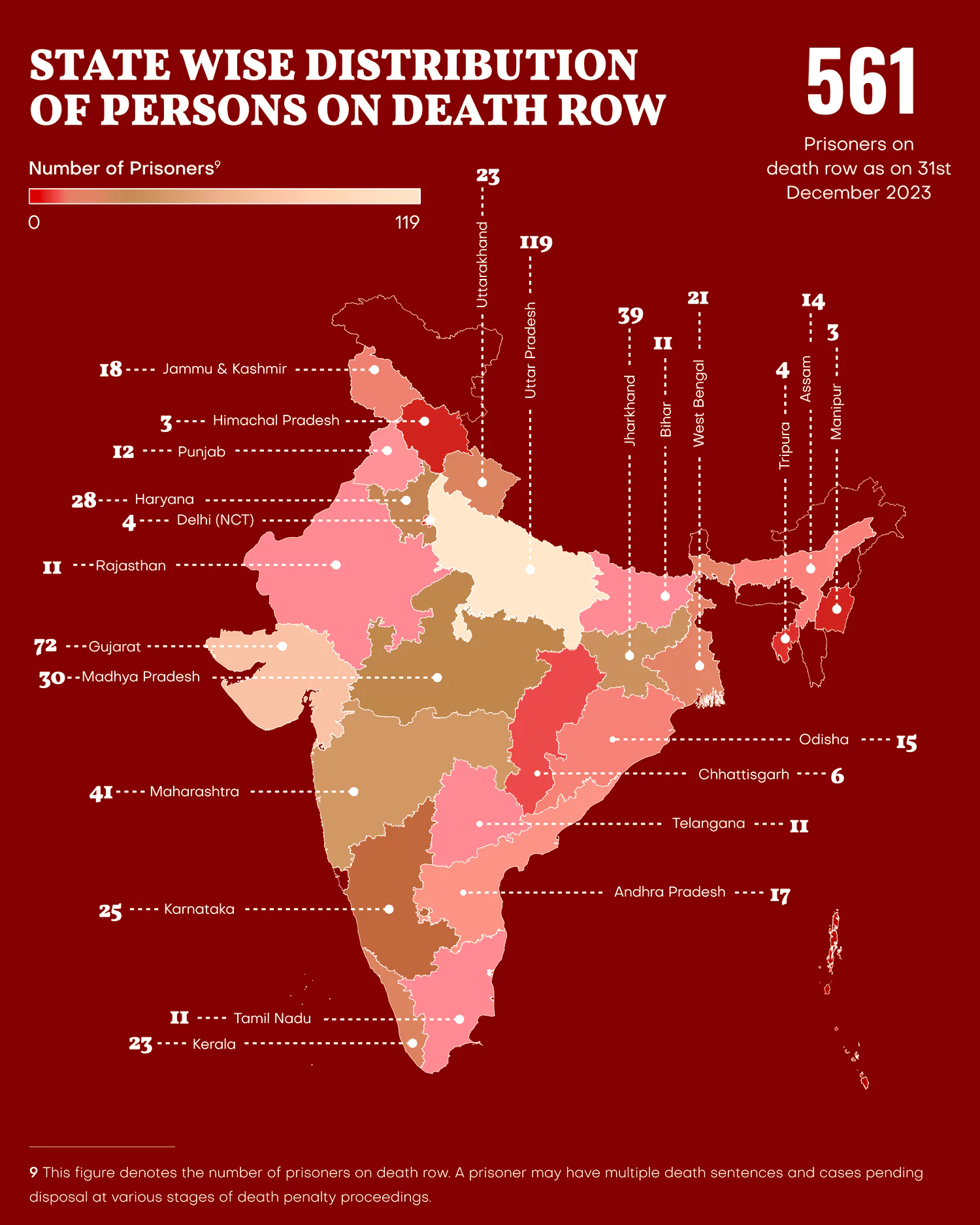
Major Laws Governing Death Penalty in India
|
|---|
Recent Development With Respect to Death Penalty in India and Across WorldIn India:
In Other Countries:
|
|---|
News Source: The Hindu
| Must Read | |
| NCERT Notes For UPSC | UPSC Daily Current Affairs |
| UPSC Blogs | UPSC Daily Editorials |
| Daily Current Affairs Quiz | Daily Main Answer Writing |
| UPSC Mains Previous Year Papers | UPSC Test Series 2024 |
Recently, the Union Minister of State for Health and Family Welfare launched the first phase of the Bi-annual Nationwide Mass Drug Administration (MDA) campaign for Lymphatic Filariasis elimination.
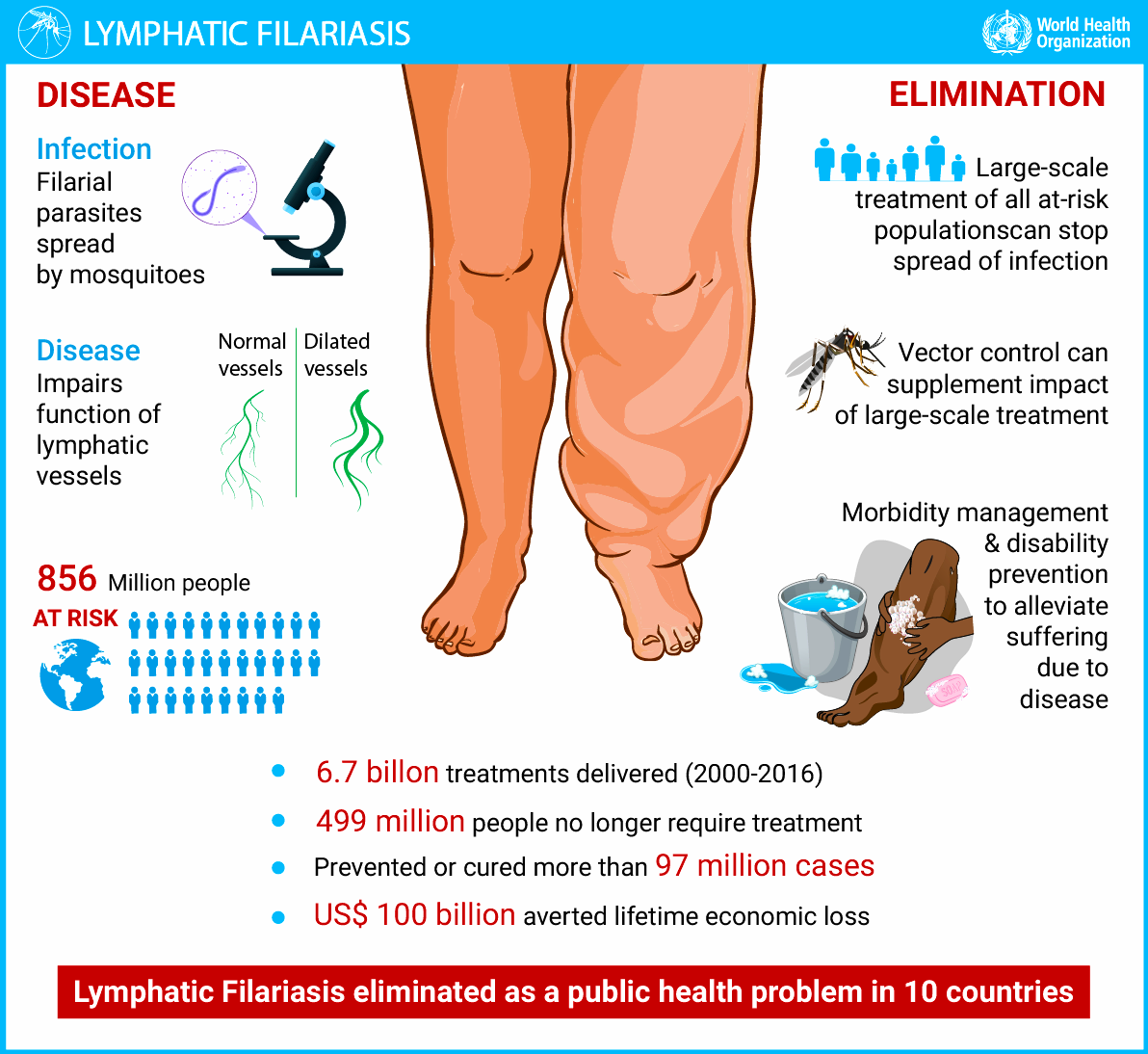
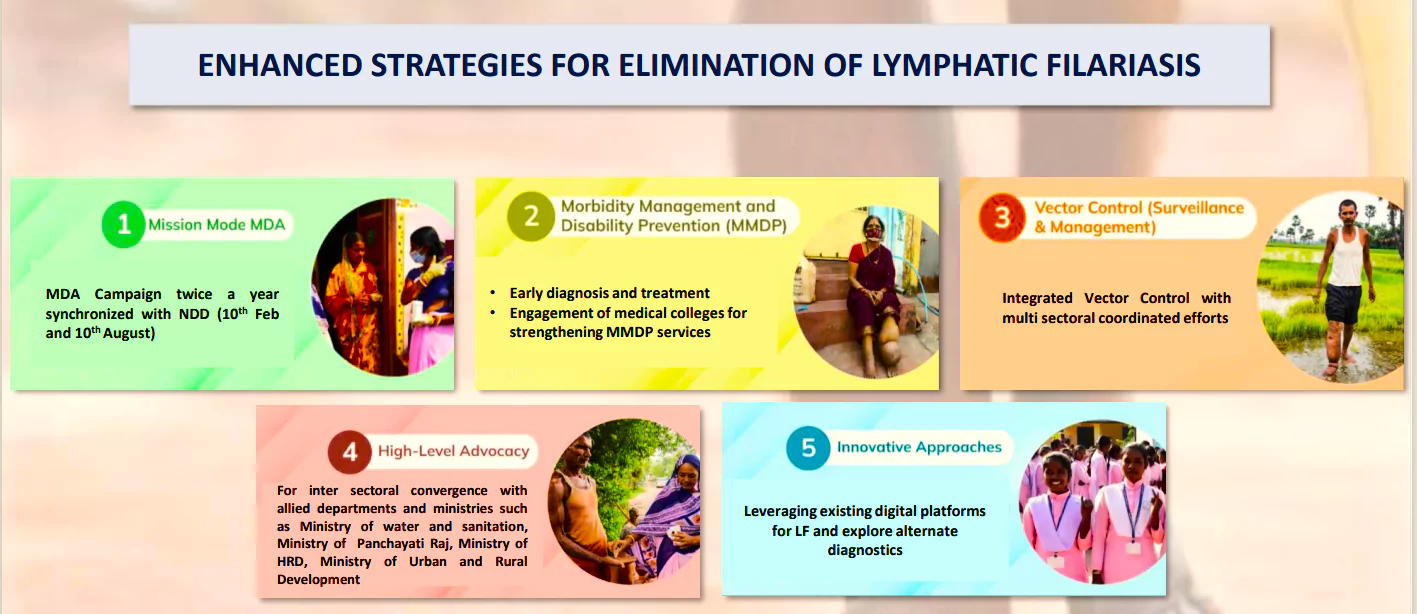
About Mass Drug Administration (MDA)
|
|---|
News Source: PIB
| Must Read | |
| NCERT Notes For UPSC | UPSC Daily Current Affairs |
| UPSC Blogs | UPSC Daily Editorials |
| Daily Current Affairs Quiz | Daily Main Answer Writing |
| UPSC Mains Previous Year Papers | UPSC Test Series 2024 |
The Supreme Court dismissed a petition challenging the appointment of Deputy Chief Ministers in the States.
Deputy PM
|
|---|
News Source: The Hindu
| Must Read | |
| NCERT Notes For UPSC | UPSC Daily Current Affairs |
| UPSC Blogs | UPSC Daily Editorials |
| Daily Current Affairs Quiz | Daily Main Answer Writing |
| UPSC Mains Previous Year Papers | UPSC Test Series 2024 |
Recently, violence erupted in the city of Haldwani in Uttarakhand’s Nainital district after the administration conducted a demolition drive at the site allegedly on Nazool land.
News Source: The Indian Express
| Must Read | |
| NCERT Notes For UPSC | UPSC Daily Current Affairs |
| UPSC Blogs | UPSC Daily Editorials |
| Daily Current Affairs Quiz | Daily Main Answer Writing |
| UPSC Mains Previous Year Papers | UPSC Test Series 2024 |
According to a Parliamentary panel report, cyber frauds reported on the National Cybercrime Reporting Portal have more than doubled in the current financial year till September 2023.
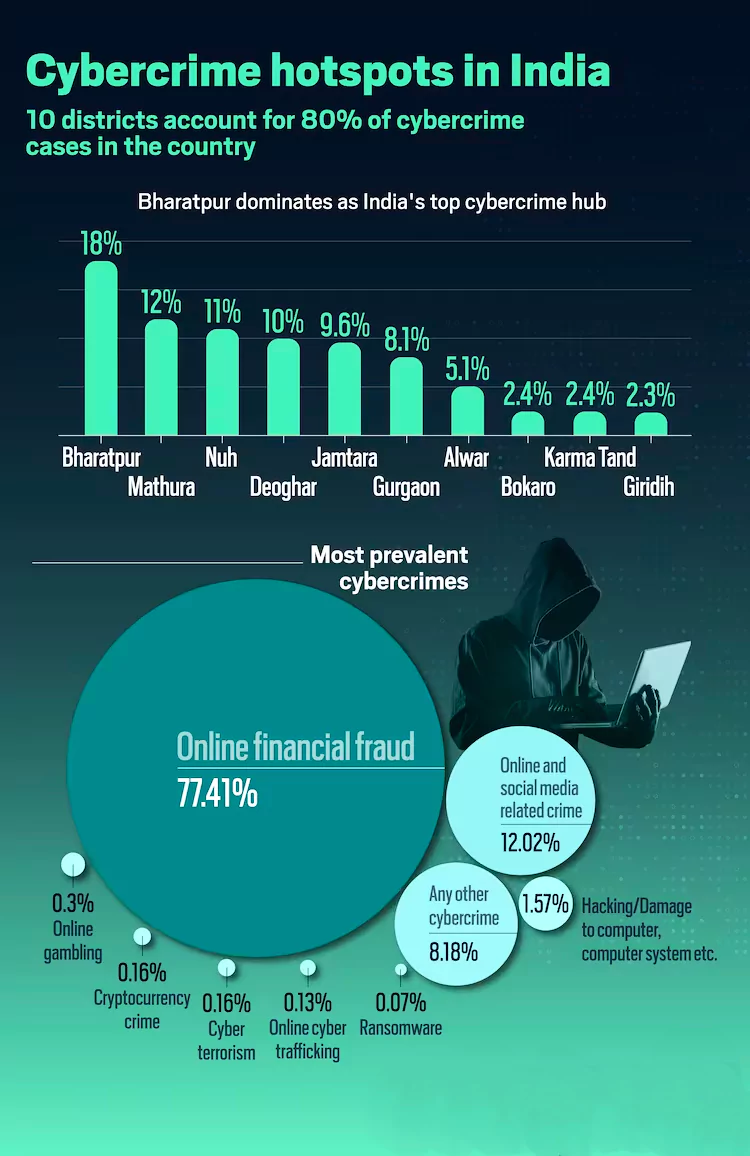
News Source: Thehindubusinessline
| Must Read | |
| NCERT Notes For UPSC | UPSC Daily Current Affairs |
| UPSC Blogs | UPSC Daily Editorials |
| Daily Current Affairs Quiz | Daily Main Answer Writing |
| UPSC Mains Previous Year Papers | UPSC Test Series 2024 |
Recently, the Law Commission Published the 286th report on “the management, control, and prevention of epidemic diseases.”
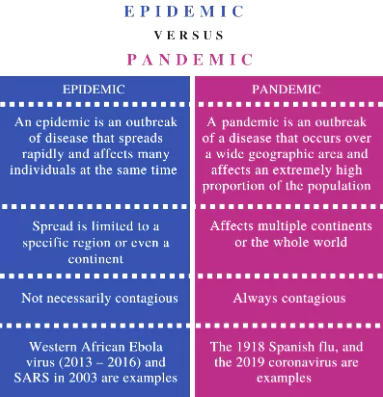
Law Commission
|
|---|
News Source: The Wire and Indian Express
| Must Read | |
| NCERT Notes For UPSC | UPSC Daily Current Affairs |
| UPSC Blogs | UPSC Daily Editorials |
| Daily Current Affairs Quiz | Daily Main Answer Writing |
| UPSC Mains Previous Year Papers | UPSC Test Series 2024 |
A paper from scientists from the University of Copenhagen, Denmark published that Atlantic Meridional Overturning Circulation (AMOC) could collapse between 2025 and 2095 due to the impact of anthropogenic emissions.
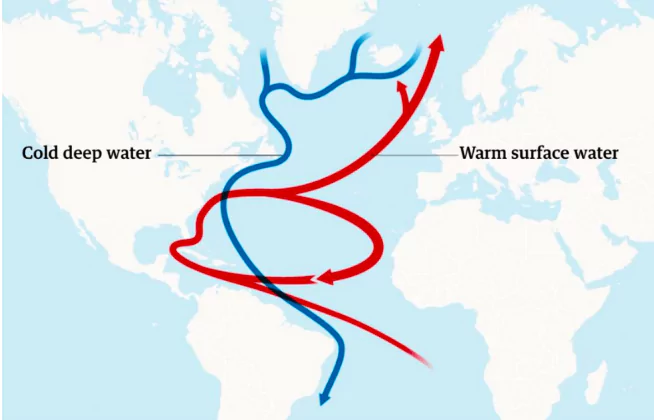
Scientists are continuing to study the Atlantic Meridional Overturning Circulation (AMOC) to better understand its dynamics and how it may be affected by climate change. This research is essential for developing strategies to mitigate the potential impacts of an AMOC collapse.
News Source: DTE
| Must Read | |
| NCERT Notes For UPSC | UPSC Daily Current Affairs |
| UPSC Blogs | UPSC Daily Editorials |
| Daily Current Affairs Quiz | Daily Main Answer Writing |
| UPSC Mains Previous Year Papers | UPSC Test Series 2024 |
The first-ever ‘State of the World’s Migratory Species report was launched by the Convention on the Conservation of Migratory Species of Wild Animals (CMS) at the opening of CMS COP14 in Samarkand, Uzbekistan, Asia.
Success stories mentioned in the report:
|
|---|
CMS COP 13
|
|---|
News Source: Down to Earth
| Must Read | |
| NCERT Notes For UPSC | UPSC Daily Current Affairs |
| UPSC Blogs | UPSC Daily Editorials |
| Daily Current Affairs Quiz | Daily Main Answer Writing |
| UPSC Mains Previous Year Papers | UPSC Test Series 2024 |
The Governor of Tamil Nadu declined to deliver the customary address prepared by the state government citing “factual and moral grounds” due to contradictory numerous passages with misleading claims and facts.
| Special address in India, UK, and US
In, US and UK, there are very similar provisions related to special address US: In the US, it is known as “State of the Union”.
UK: In the US, it is known as Queen’s Speech.
India: India follows the British system.
|
|---|
News Source: The Hindu
| Must Read | |
| NCERT Notes For UPSC | UPSC Daily Current Affairs |
| UPSC Blogs | UPSC Daily Editorials |
| Daily Current Affairs Quiz | Daily Main Answer Writing |
| UPSC Mains Previous Year Papers | UPSC Test Series 2024 |
Recently, the governments of Poland, France and Germany vowed to revive the Weimar Triangle.
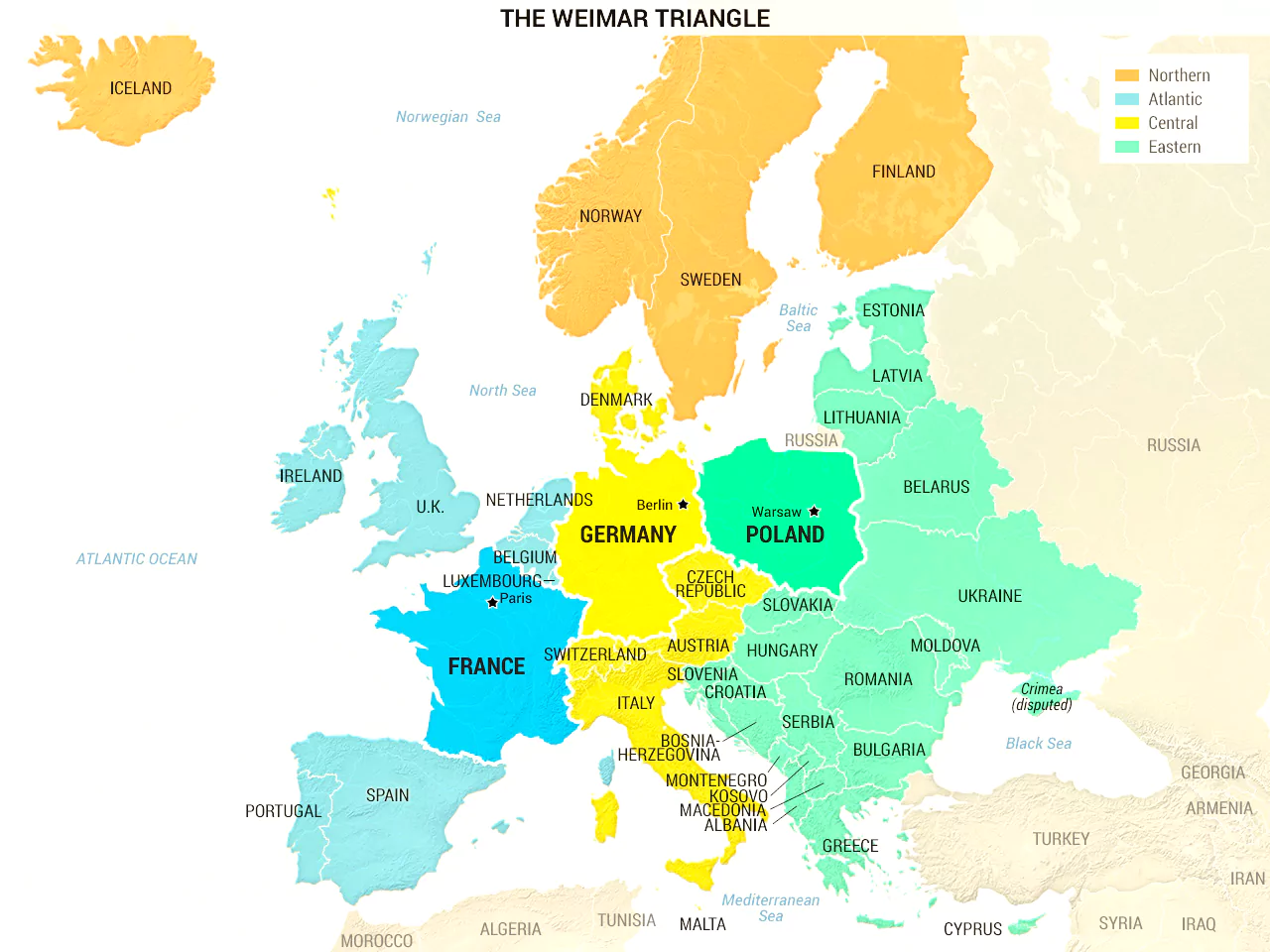
North Atlantic Treaty Organisation (NATO) is an international military alliance consisting of 31 member states from Europe and North America. It was established at the signing of the North Atlantic Treaty on 4 April 1949.
|
|---|
News Source: The Hindu
| Must Read | |
| NCERT Notes For UPSC | UPSC Daily Current Affairs |
| UPSC Blogs | UPSC Daily Editorials |
| Daily Current Affairs Quiz | Daily Main Answer Writing |
| UPSC Mains Previous Year Papers | UPSC Test Series 2024 |
This article is based on the news “NITI Aayog Launches Greening India’s Wastelands with Agroforestry (GROW) Report and Portal” which was published in the PIB. Recently, NITI Aayog launched the Greening and Restoration of Wasteland with Agroforestry (GROW) report and portal.
| Relevancy for Prelims: Land Resources, Agriculture In India, Forests In India, Green Credit Program (GCP), NITI Aayog, and Voluntary Carbon Market In Agriculture Sector.
Relevancy for Mains: GROW Initiative: Greening and Restoration of Wasteland With Agroforestry: Need, Challenges, and Way Forward. |
|---|
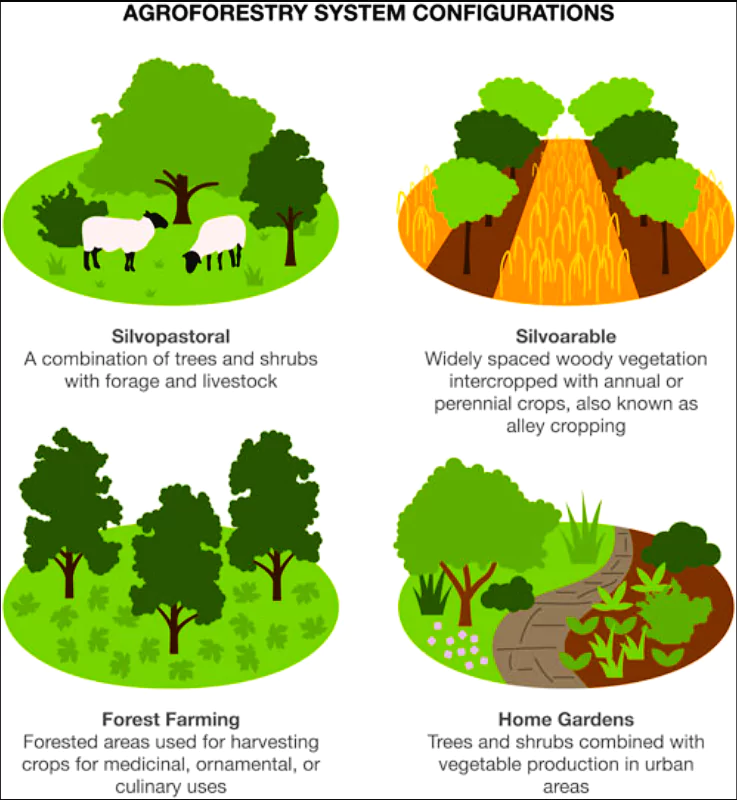 Goal to establish an additional carbon sink capable of sequestering 2.5 to 3 billion tonnes of carbon dioxide equivalent.
Goal to establish an additional carbon sink capable of sequestering 2.5 to 3 billion tonnes of carbon dioxide equivalent.Tree and Grass Species Recommended for Various Types of Lands
|
|---|
Desertification
|
|---|
About Wasteland:
Wastelands Atlas – 2019
|
|---|
Government Steps:
International Efforts:
|
|---|
| Mains Question: Examine the Status of forest resources of India and its resultant impact on climate change. [250 Words, 15 Marks] |
|---|
| Must Read | |
| NCERT Notes For UPSC | UPSC Daily Current Affairs |
| UPSC Blogs | UPSC Daily Editorials |
| Daily Current Affairs Quiz | Daily Main Answer Writing |
| UPSC Mains Previous Year Papers | UPSC Test Series 2024 |
SC Verdict on Newsclick Shows Adherence to Due Pro...
Stay Invested: On Chabahar and India-Iran Relation...
Credit Rating Agencies, Impact on India’s De...
Catapulting Indian Biopharma Industry
Globalisation Under Threat, US Import Tariffs Have...
Global Report on Hypertension, Global Insights and...
<div class="new-fform">
</div>
